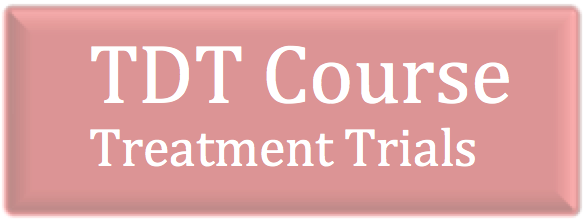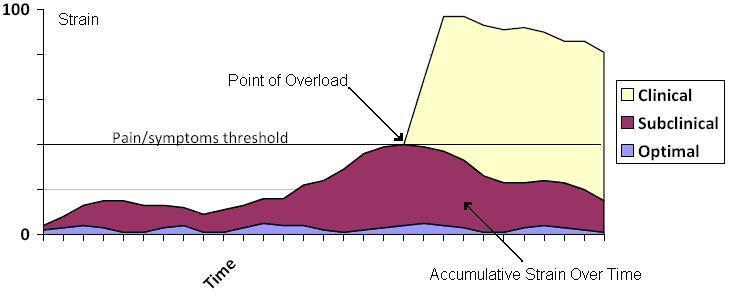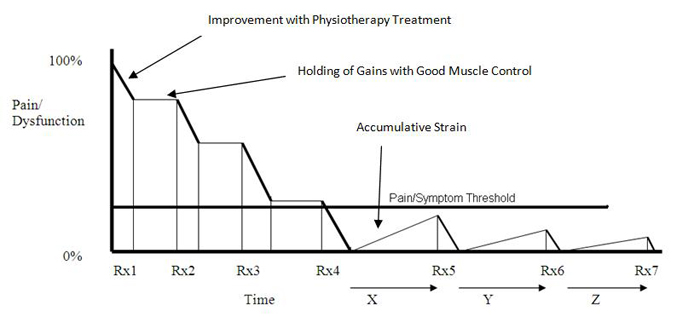Register & Learn More »
| Click on each step of the RM Process below to learn more: | |||||||||
 |
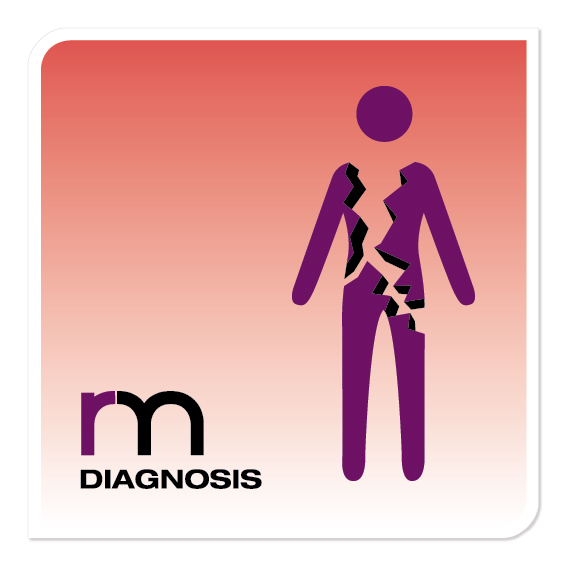 |
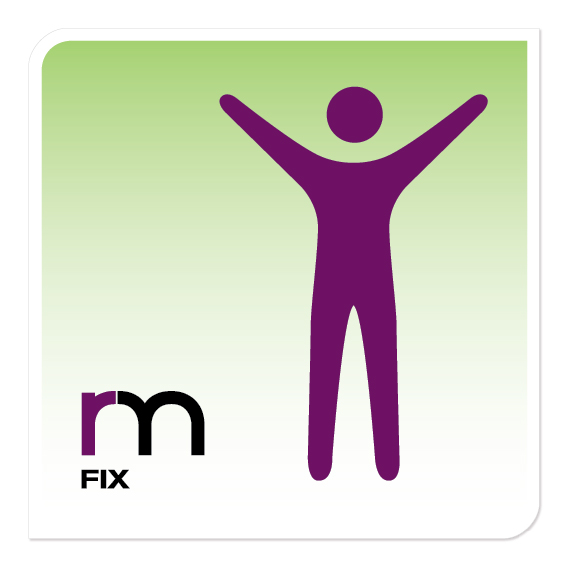 |
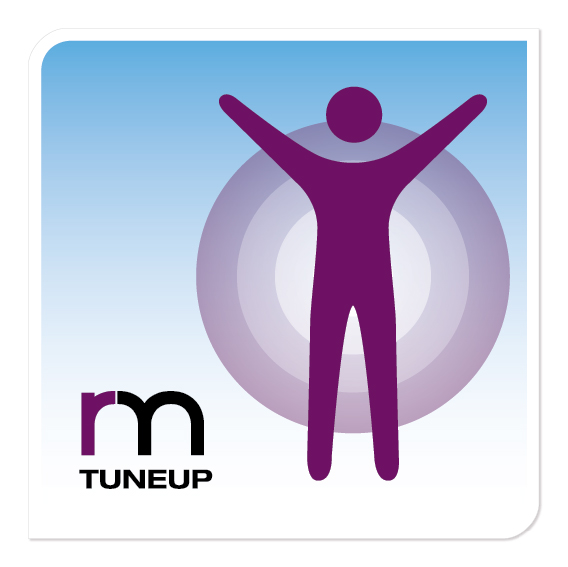 |
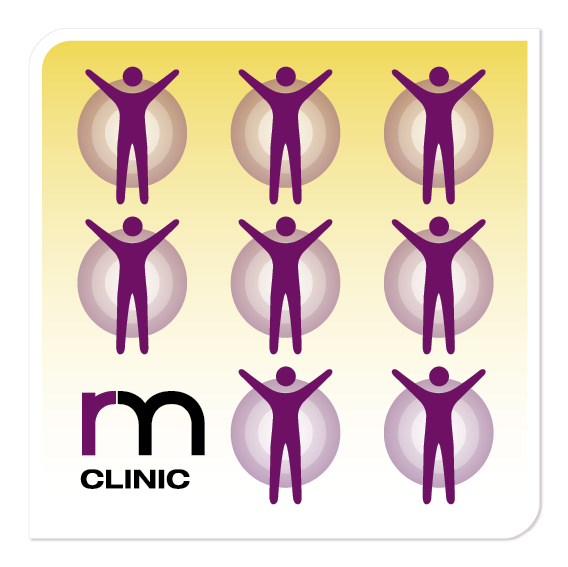 |
|||||
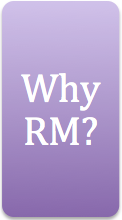  |
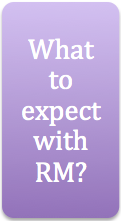  |
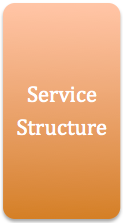  |
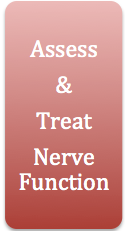  |
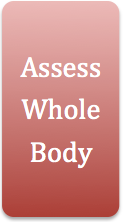  |
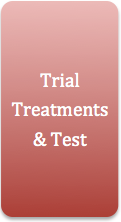  |
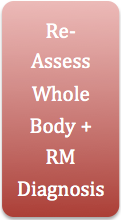  |
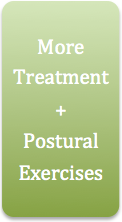  |
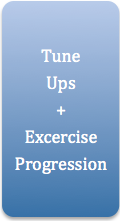 |
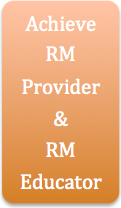 |
 |
|||||||||
RM Treatment Trials (TDTs)
Why trial treatments and test for immediate results?
- Because we demonstrate, every day, that the majority of sports and musculoskeletal conditions are able to immediately, and dramatically, improve when the best intervention is established#
- We have also demonstrated that the best interventions are often very different from anything we can assume or predict… and there’s only one way to find out for sure... to scientifically problem solve (clinical reasoning)... with trials, and re-tests, and prove what is best possible*...
How are Treatment Trials (TDTs) performed?
Video summary: Note: Individual results vary
- "[A case of] a rower with bilateral hip pain... [previous practitioners made no significant improvements]
- I repeat many TDTs [Treatment Trials] trying to find the one [best intervention] that helps him...
- And I find it is different in every individual...
- [Trials of treatments are demonstrated]... a C4 glide [neck joint release] changed everything in his body...
- He went from being an average rower, within 4 months, to winning Head Of The River... and going on to represent Australia at the Junior World Championships
What are the outcomes with RM Treatment Trials (TDTs)?
- We used to treat under a premise of what we thought was right and best for each client... Treatment trials free us to discover what is actually right and the best* treatment for each client...
- These results change our whole way we think about pain an injury in the human body... The new way of thinking is enlightening... empowering... removes doubt... And creates a type of confidence that cannot be achieved any other way...
- Clients and practitioners thrive on seeing the dramatic results immediately occur in the session... it is often shocking how much improvement can be gained and how quickly it can be achieved... no matter how severe the problems, or how long the problems have been present...
- We can see, immediately in front of our eyes, that we are helping clients and practitioners achieve their best life-balance possible...
- To learn more about why we suffer injury and the recovery process see the information below »
#René Pelletier, Johanne Higgins, Daniel Bourbonnais. (2015). Is neuroplasticity in the central nervous system the missing link to our understanding of chronic musculoskeletal disorders? BMC Musculoskeletal Disorders. 16:25
#Sueki DG, Cleland JA, Wainner RS. A regional interdependence model of musculoskeletal dysfunction: research, mechanisms, and clinical implications. J Man Manip Ther. 2013 May;21(2):90-102
#Bialosky JE, Bishop MD, George SZ. Regional interdependence: a musculoskeletal examination model whose time has come. J Orthop Sports Phys Ther. 2008 Mar;38(3):159-60
*'best possible' with the skills of the practitioner(s)
Why we suffer injury
Question: What do you think is the major cause of most musculoskeletal** and sports pain, stiffness and injury?
- Trauma? Or,
- Accumulative Strain?
You might be surprised to learn that it is Accumulative Strain* that is the major underlying cause of most injuries and pain that most of us experience.
Often when the pain onset occurs suddenly it is actually the movement which was the ‘straw that broke the camel’s back’.
Another way to analyse if the cause of a problem is accumulative is to look at whether the same, or similar, activity when the pain occurred had been performed previously. If so, then it is unlikely that the activity itself was the cause, but more likely the many times it had been performed in the past without adequate muscle control.
The graph below summarises:
- ‘Optimal’ with the blue line showing minimal strain with well balanced muscles, joints, nerves throughout the body, and thoughts plus feelings during daily life
- ‘Subclinical' strain that builds up over time, the maroon area, and not enough strain to require conscious warning with the brain creating pain
- 'Clinical' is shown by the yellow area, where the brain's guarding protection and warning signal creating pain turns into a vicious cycle that does not quickly settle by itself. The point where the Strain Line hits the Pain Threshold is the point where the 'straw breaks the camel's back'
RM Model of Musculoskeletal Health
Practitioners who understand this model are better able to search for, and establish, the accumulative strain that is the underlying cause to pain, stiffness and injury.
*Marras W S: The case for cumulative trauma in low back disorders. The Spine Journal 3 (2003) 177
** The term musculoskeletal refers to muscles, joints, bones and nerves
Recovery Process
- Sometimes the body part in which the brain creates pain is the area the suffered the injury
- And... of great importance; most commonly the area you experience your pain is different to the body part that suffered the accumulative strain
You might imagine it can be tricky to solve the cause of a condition if the pain is in a different area.
It is a big challenge... and Ridgway Method Certified Practitioners have a unique system that allows us to solve the cause very efficiently.
The RM Progress Graph below describes the typical results achieved with the Ridgway Method.
- Each improvement made with RM treatment is represented by a downward slope of the graph
- In this example below the treatments achieve a pain-free state in 120-minutes (four sessions)... this can be achieved is as little as one day... and is commonly achieved in less than a week
- If the results are not coming this quickly we may not be the right practitioners for solving the condition! In these cases we will help you find the right practitioner
RM Musculoskeletal Recovery Model | RM Progress Graph
Note: Individual results vary
- For optimal results and for saving time and total costs prevention of recurrence is the key
- For this reason it is important to note that increasingly less frequent sessions are needed after achieving the pain-free stage (X, Y & Z above) - RM Tune Ups
The very positive side-effect of this kind of treatment is that performance enhancement also occurs, as optimal muscle control to prevent recurrence is the same muscle control required for best performance!














